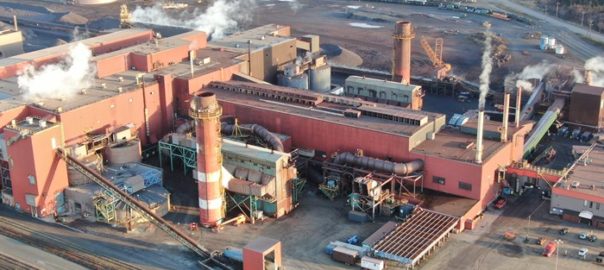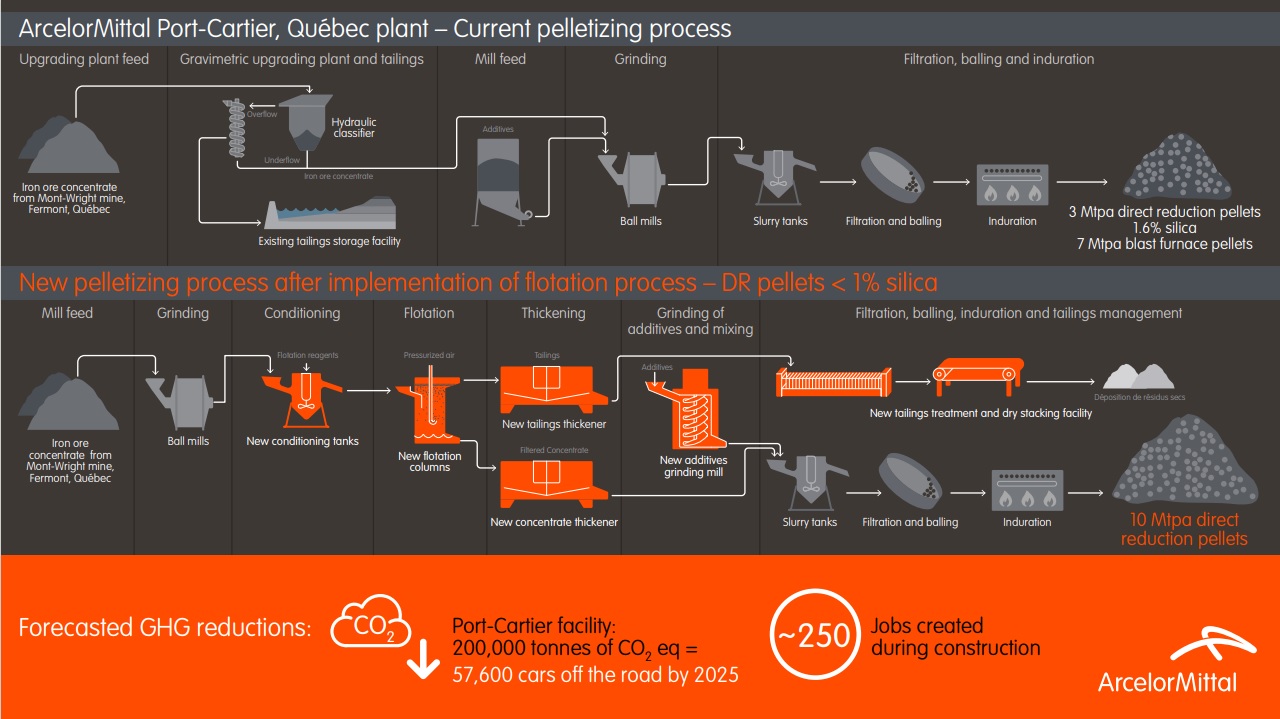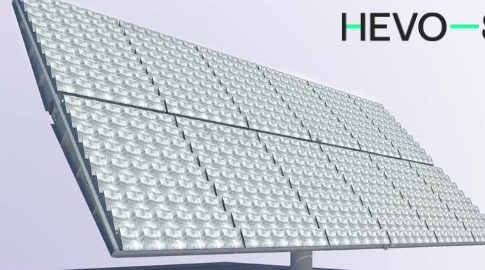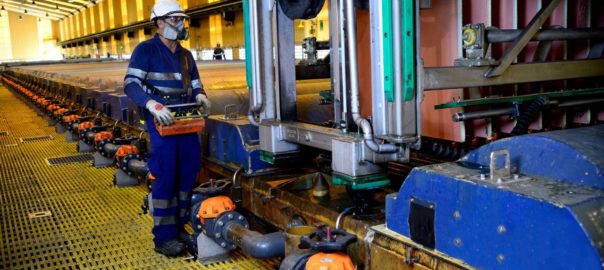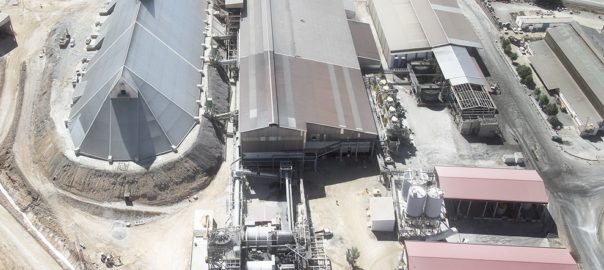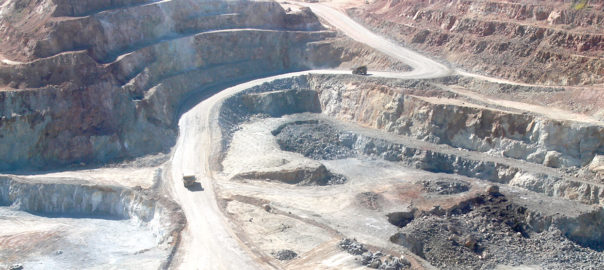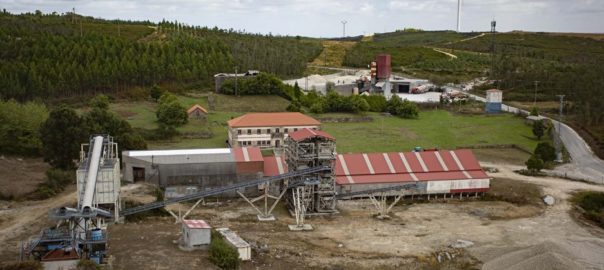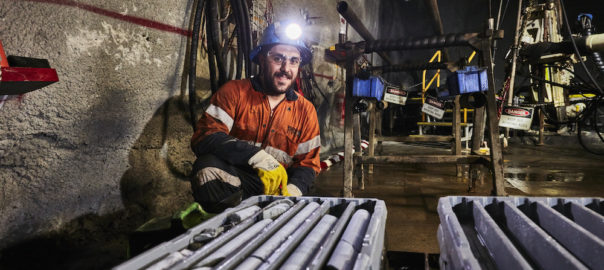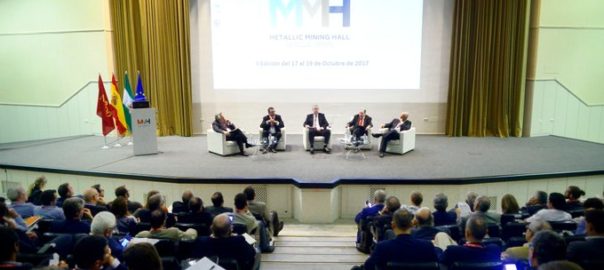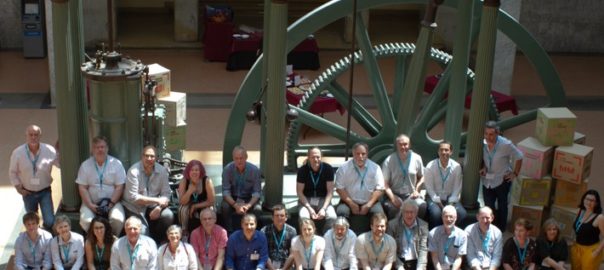Highfield Resources has signed an agreement with the Portuguese/Spanish joint venture, EPOS-TUNELAN, to carry out the declines and underground mining infrastructure on the Muga-Vipasca potash project in Spain.
EPOS-TUNELAN, the joint venture formed by mining specialist contractors EPOS-Empresa Portuguesa de Obras Subterráneas S.A. and TUNELAN-Obras Subterráneas S.A., is expected to use trackless mobile equipment for both decline excavations. Three roadheaders and one conventional excavator in combination with a boom jumbo and two bolters will be utilised for excavation, face drilling and rockbolting. While four 30 t low-profile mining haul trucks and one 14 t LHD will be used to transport material to surface.
The development excavation will be supported by sprayed concrete and rock bolts, with the thickness of sprayed concrete and bolt spacing having been determined by the geological surveys developed by the drilling undertaken and will be confirmed during construction with specific scheduled horizontal drilling.
The value of the decline contract is €48 million ($52.5 million) which represents 11% of the phase 1 capital expeniture of €449 million and just under a third of the total planned contract-construction budget for Muga-Vipasca.
Muga-Vipasca is a two-phase project, which will produce a total of 1 Mt/y of muriate of potash, according to Highfield. It plans to use conventional underground room and pillar mining, with the declines accessing shallow
mineralisation. The material will then undergo conventional flotation and crystallisation processing.
The contracting strategy for the project will employ an owner-managed project delivery model that envisages the construction of the declines and the underground mining infrastructure to be undertaken by a specialist mining contractor and the civil works by a general contractor.
The scope of the EPOS-TUNELAN contract covers:
- The construction of two parallel declines, each 2.6-km long, with a cross section of 32 sq.m and a 15% slope to access the mineralisation at a depth of 350 m;
- The construction of crosscuts that connect the parallel declines and a bypass gallery for the mine’s main fans;
- The construction of the declines’ pumping stations, which will be used to collect and pump out any water that could infiltrate into the declines;
- The construction of the surface facilities to treat the fresh and saline water collected in the declines during construction;
- The construction of the underground mining infrastructure, which includes 2 km of underground drifts within the potash deposit to access the production panels, and where the principal conveyor belts will
be located; - The ore transfer room, where ore is transferred via conveyor belts from the various mining areas to the main decline conveyor belt, hauling the ore directly to the process plant;
- The electrical room, from where the electrical network will be connected to the mine;
- The backfill transfer room, where the backfilling material is distributed to the different conveyor belts and transported to the different mining areas; and
- Other facilities such as the water tank room, from where the brine water network will be distributed to the mine.
The design and engineering of the declines and underground infrastructure was developed by international engineering company Systra-Subterra, which specialises in underground projects. Systra-Subterra, which has wokeed on mines like Los Bronces and Chuquicamata in Chile, will provide technical support and supervision during the construction of the declines and underground infrastructure at Muga.
The duration of the construction agreed with EPOS-TUNELAN covers 26 months and is consistent with the overall schedule of the project.
Once the bottom of the declines is reached, the main conveyor belt will be installed in the eastern decline, which will allow the continuation of the excavation works for the infrastructure by hauling the material directly
to the surface.
Highfield and EPOS-TUNELAN are negotiating the purchase of equipment which is suitable not only for the declines’ construction but for mining as well, especially road headers, trucks, loader and bolters, among
others.
Works are expected to commence in the first half of this year upon completion of funding and a final investment decision.








